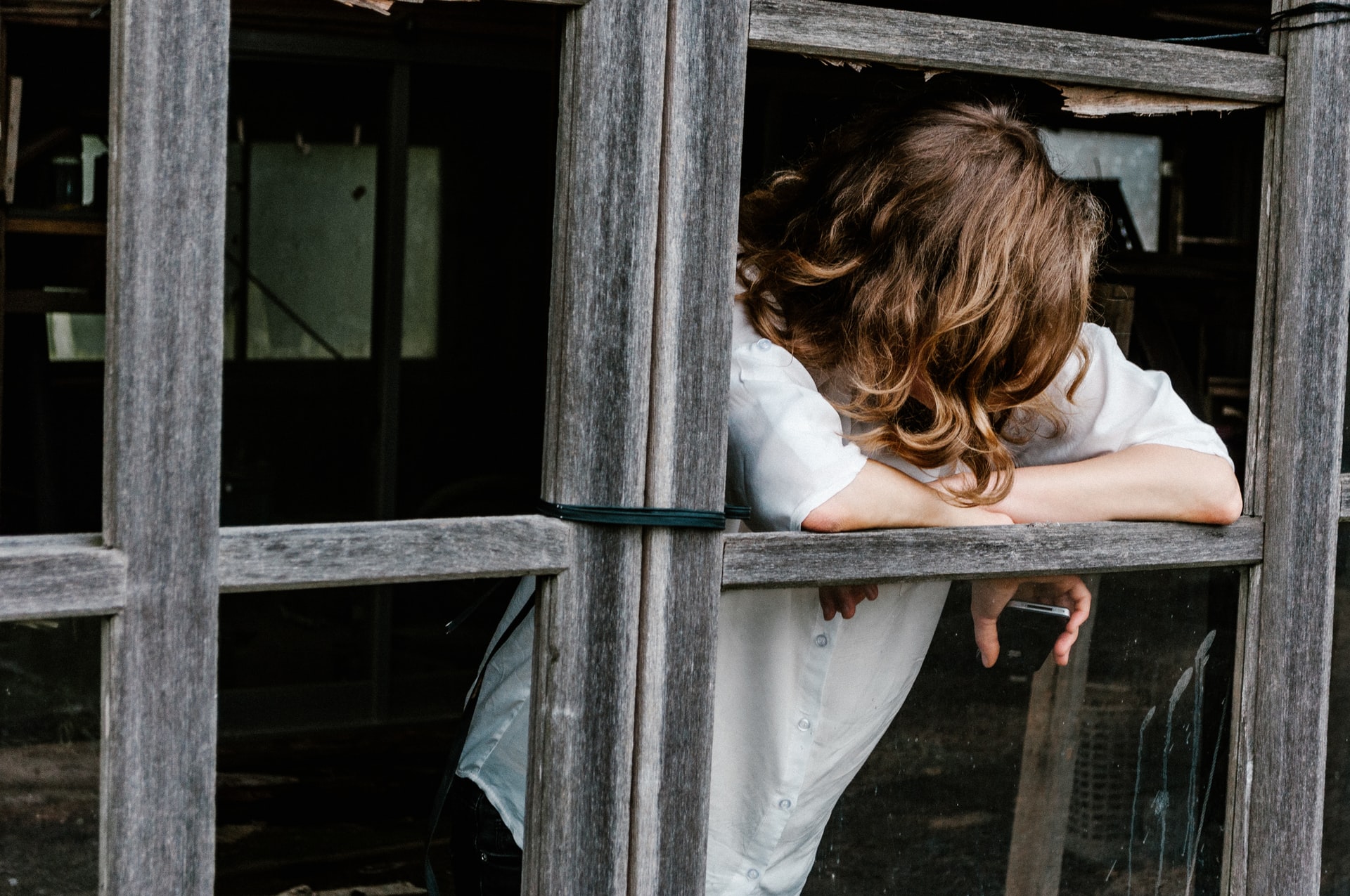
Is the Pandemic Triggering Your Anxiety? You’re not alone
Social distancing and stay-at-home orders are taking their toll on people’s mental health. Unfortunately, anxiety is nothing new in the USA. About 18.1% of the American adult population, which is about 40 million people, suffers from anxiety disorders1. These disorders can range from General Anxiety Disorders to specific phobias. Their causes are as varied as their symptoms. Some anxieties can be triggered by medications, genetics, or even a traumatic event2. (We’re looking at you, Covid.)

“On the whole, the longer the quarantine, the higher the chances of PTSD symptoms.”
How will Covid-19 affect people’s mental health? For clues to the future, let’s take a look at the past. If we look back at data from the 2003 epidemic of SARS, the data is not encouraging. In a study performed on 129 people who were quarantined in Toronto, Canada, it was observed that 28.9% had symptoms of Post-traumatic Stress Disorder (PTSD) and 31.2% with symptoms of depression3. Even people who were only acquaintances of the patients were found to have some PTSD and depressive symptoms. On the whole, the longer the quarantine, the higher the chances of PTSD symptoms.
Worse yet, in that particular study, the median time of quarantine was about 10 days. Currently, the recommended amount of time to go into quarantine after suspected exposure to Covid is 14 days.
So, is there any good news? Surprisingly, yes! Anxiety disorders do respond well to treatment. The best treatment comes from a mental health specialist, but you can take steps now to help tackle your anxiety. Take a quick look at the following 3-step plan.

1. Spot Early Symptoms
The first step to dealing with anxiety is recognizing that you may have it. Below is a short (incomplete) list of possible symptoms you may experience if you have anxiety. 4, 5, 6
- Feeling exhausted, but can’t sleep
- Worrying becomes all-consuming
- Irritability
- Trouble Concentrating
- Subconsciously Tensing Up

2. Lower Stress
Secondly, find short-term solutions for the ‘now’. Try to calm yourself down a little bit so you can figure out your next steps calmly. 7, 8
- Explore Nature
- Get active
- Meditate
- Do Yoga or Martial Arts (like Tai Chi)
- Listen to soothing sounds and music

3. Adapt
Finally, this step is more about medium-term solutions or goals. Reach out into your network and build it up so you can feel more secure. In the end, you should speak with a mental health professional and get help for a long-term plan.
- Virtual Mixers or Virtual Bar Trivia Night
- Online counseling
- Practice Patience with Yourself and Others
- Play Online Community Games
- Take Action to help feel more ‘in control’ (ex. make your own mask)
- Know that it’s okay to say ‘no’ and respect your boundaries
Always contact a mental health professional if you are in trouble or feel overwhelmed. Take care of yourself and your loved ones.
Sources & Additional Information
- “Facts & Statistics.” Anxiety and Depression Association of America, ADAA, https://adaa.org/about-adaa/press-room/facts-statistics
- SingleCare Team. “Anxiety Statistics 2020.” The CheckUp, SingleCare, 6 May 2020, https://www.singlecare.com/blog/news/anxiety-statistics/#anxiety-causes-risks-treatments
- Hawryluck, Laura, et al. “SARS Control and Psychological Effects of Quarantine, Toronto, Canada.” Emerging Infectious Diseases, Centers for Disease Control and Prevention, July 2004, https://www.ncbi.nlm.nih.gov/pmc/articles/PMC3323345/
- Julson, Erica. “11 Signs and Symptoms of Anxiety Disorders.” Healthline, 10 Apr. 2018, https://www.healthline.com/nutrition/anxiety-disorder-symptoms
- MacMillan, Amanda, and Stephanie Booth. “12 Anxiety Symptoms That Might Point to a Disorder.” Health.com, Meredith Health Group, 5 Aug. 2020, https://www.health.com/condition/anxiety/12-signs-you-may-have-an-anxiety-disorder
- “Anxiety Disorders.” National Institute of Mental Health, U.S. Department of Health and Human Services, https://www.nimh.nih.gov/health/topics/anxiety-disorders/index.shtml
- Mayo Clinic Staff. “Stress Relievers: Tips to Tame Stress.” Mayo Clinic, Mayo Foundation for Medical Education and Research, 12 Mar. 2019, https://www.mayoclinic.org/healthy-lifestyle/stress-management/in-depth/stress-relievers/art-20047257
- “Stress: 10 Ways to Ease Stress.” Cleveland Clinic, Cleveland Clinic, 12 Oct. 2020, https://my.clevelandclinic.org/health/articles/8133-stress-10-ways-to-ease-stress
All photos from Unsplash. This article is no substitute for actual medical advice or treatment.

